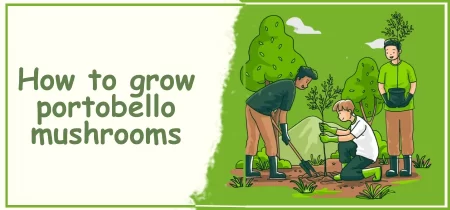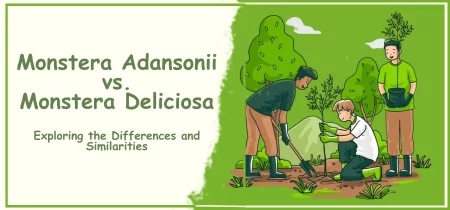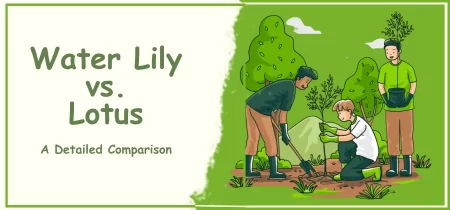Rabbit poop is one of the most hated things in the world, and for a good reason. It smells terrible, it’s a major environmental hazard, and it’s downright frustrating to clean up after rabbits every time you step outside. Fortunately, there are ways to get rid of rabbit poop quickly and easily.
This blog post will show you how to get rid of rabbit poop in your yard without any fuss. From traps to baiting schemes, read on to learn everything you need to know about getting rid of rabbit poop in your yard once and for all!
How to Prevent Rabbit Poop from Returning
If you’re having a hard time getting rid of rabbit poop, you can do a few things. The first is ensuring your bunny has enough food and water. If they don’t have enough to eat or drink, they may start raiding your compost pile for snacks.
Second, try installing wire mesh around the perimeter of your garden or yard to keep the rabbits out. And lastly, ensure that you clean up after your bunny every time she goes potty.
Solutions for Rabbit Poop in Yards
There are a few solutions for rabbit poop in yards. One is to use a hawk to Rid the area of all the rabbits; however, this can be costly and may not be feasible depending on the size of the yard. Another solution is to use a garden rake to remove the feces from within reach of the rabbits and then seal it off with chicken wire or fencing.
Another option is to trap and release the rabbits into an appropriate environment, such as a nature preserve or another designated area where they will not cause harm to plants or other animals.
How to identify rabbit poop
Depending on the situation, you can use a few methods to identify rabbit poop in your yard. If you see pellets left behind, you can likely assume that the rabbits are using this area for grazing. If only one or two pellets are left behind, it may be from a small bunny and not from a full-grown rabbit.
If the poop is spread out throughout the ground, it’s most likely from a large rabbit. To identify rabbit poop, if you don’t see any pellets or if they are all over the place, place some food in a bowl near where you think the poop originated and wait an hour.
If there is still no sign of the rabbits, they have most likely moved on to another part of the yard.
How to get rid of rabbit poop
If you have a rabbit in your yard, you’re probably familiar with their droppings. Rabbit poop is cute and cuddly, but it can be a nuisance when it accumulates in large amounts. Here are some tips on how to get rid of rabbit poop:
1. Remove the source of the problem. If the rabbit is eating out of your garden or compost pile, remove the food sources and see if that solves the problem. If not, you’ll need to trap or net the rabbit and move it to a new location.
2. Use a repellent. One common way to keep rabbits away from your yard is to use a repellent spray. Make sure to follow all safety instructions before using any repellent product.
3. Clean up after the rabbits. Once you’ve eliminated the source of the problem, clean up any messes they’ve made. Poop can accumulate quickly, so take care not to leave behind too much evidence that there was ever a rabbit in your yard in the first place!
How to clean up rabbit poop
Rabbit poop can be a major nuisance in your garden or yard. Here are some tips on how to clean it up:
1. Spread a layer of newspaper over the area where rabbit poop is located. This will absorb the waste and make cleanup easier.
2. Use a shovel to remove the poop and place it in a garbage bag.
3. Remove any sticks, stones, or other objects that could get stuck in the poop while cleaning it up.
4. Wash the area with soap and water; scrub until the dirt is gone.
5. Pour a small amount of ammonia into a bucket or spray bottle and spritz the area repeatedly while shaking it well; let stand for 5 minutes before rinsing off thoroughly with fresh water.
6. Pour 1 cup of apple cider vinegar into another bucket or spray bottle, add enough water to cover, and mix well; pour mixture over the area and let soak for several hours or overnight, stirring occasionally.
7. Rinse the area with fresh water, using a hose if necessary; dry thoroughly before using landscaping fabric to cover the affected area.
Frequently Asked Questions
Are rabbits responsible for leaving behind droppings in my yard?
Rabbits are not the only creatures that leave behind droppings in yards. Other animals that can cause problems include dogs, cats, and pigs. The main difference between rabbit droppings and other animal droppings is that rabbit droppings are smaller and more uniformly shaped. This is because rabbits eat a lot of grass, and their digestive system doesn’t produce as much of an odor as the intestines of other animals do.
Can I keep a rabbit indoors?
Rabbits can be kept indoors in most cases, but they will rrequire care. They will need a secure area with a litter box and plenty of straw or hay to sleep on. Ensure the area is clean and dry, as rabbits are prone to getting ear mites.
Can I keep a rabbit as a pet?
There is no definite answer to this question. Some people think that rs make great pets, while others consider t of a nuisance. Ultimately, it is up to the individual whether or not they would like to keep a rabbit as a pet.
Conclusion
If you’ve ever had to clean up after a rabbit, you know that io an easy task! They are notorious for leaving behind messes, and rabbits produce copious amounts of droppings. If lefTheseings can quickly turn your yard into a disgusting disaster.




Leave a Reply